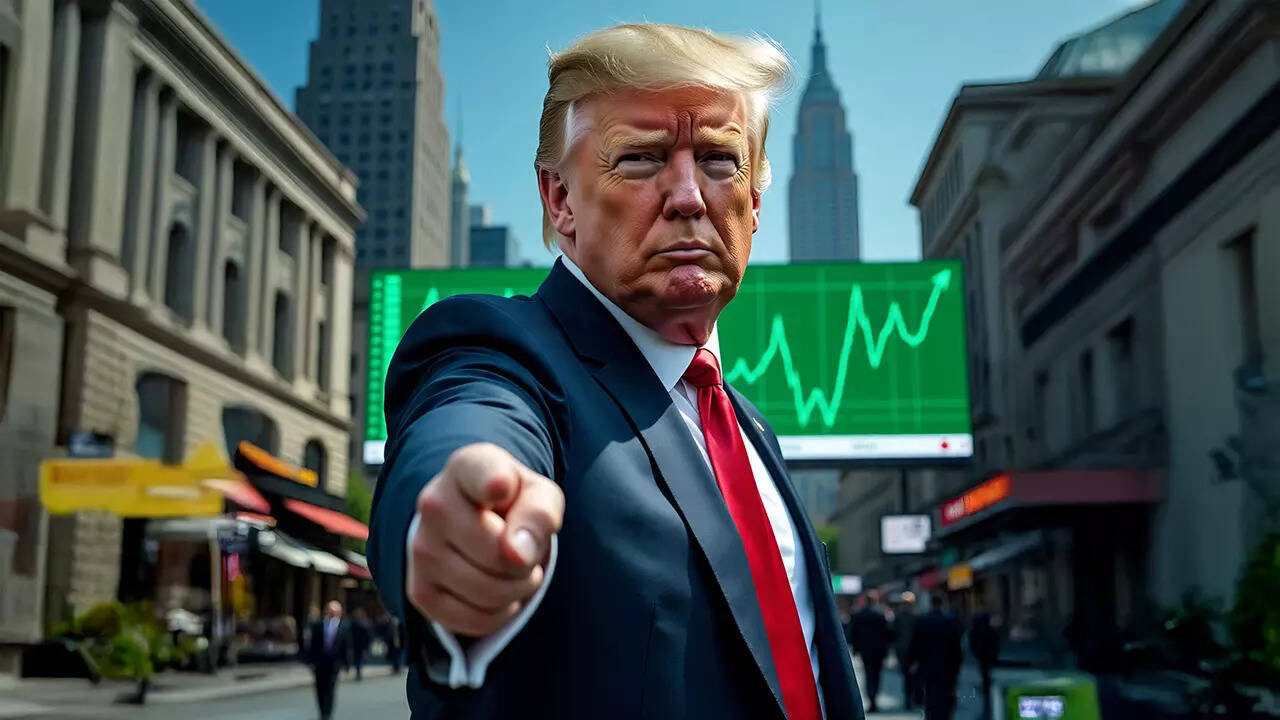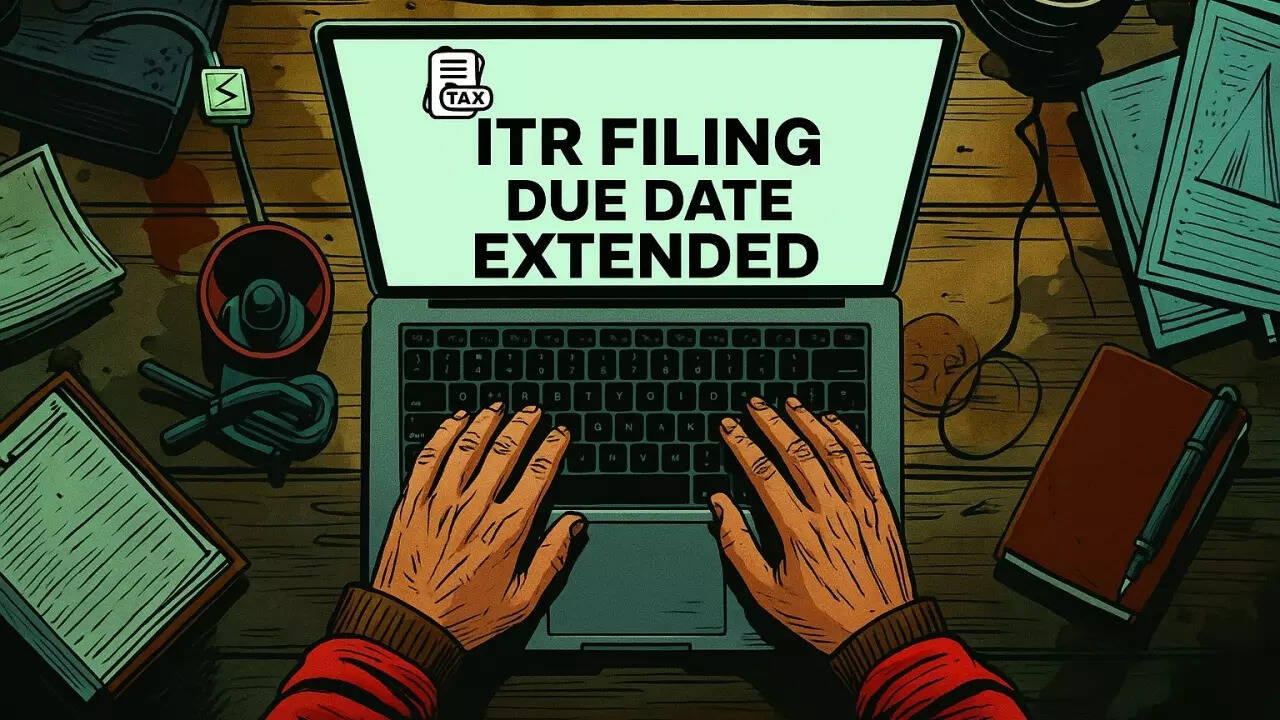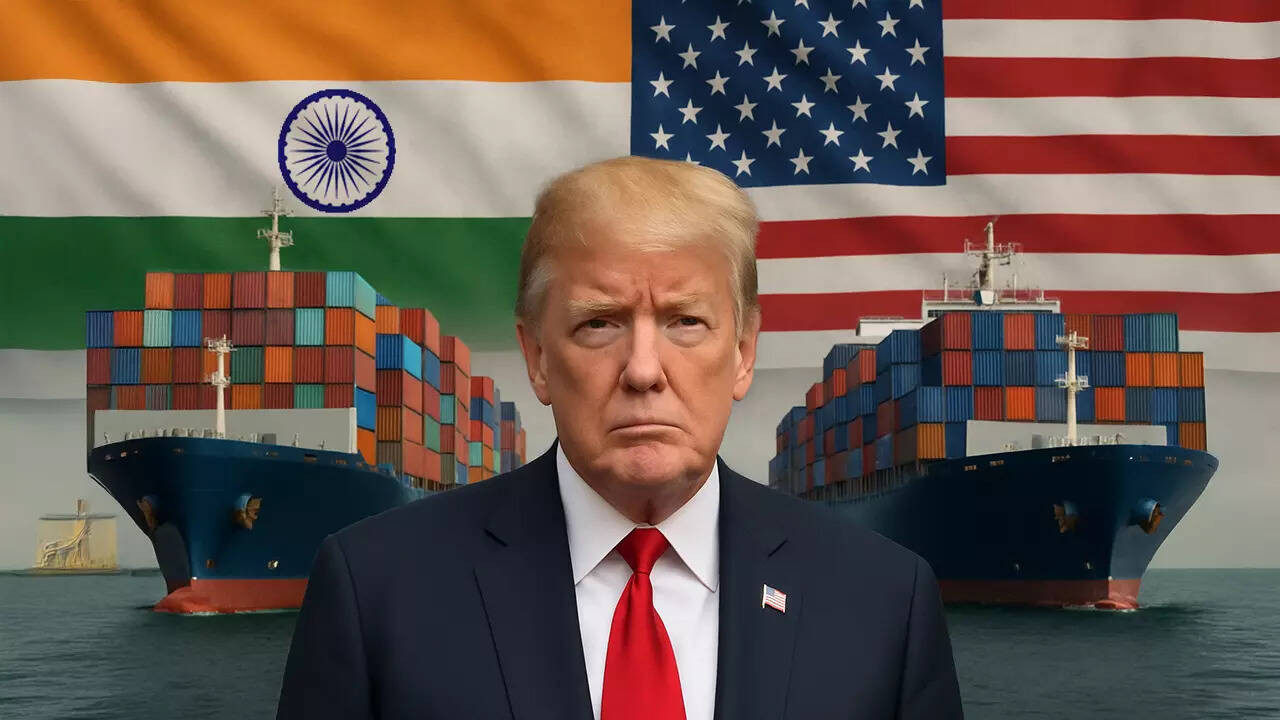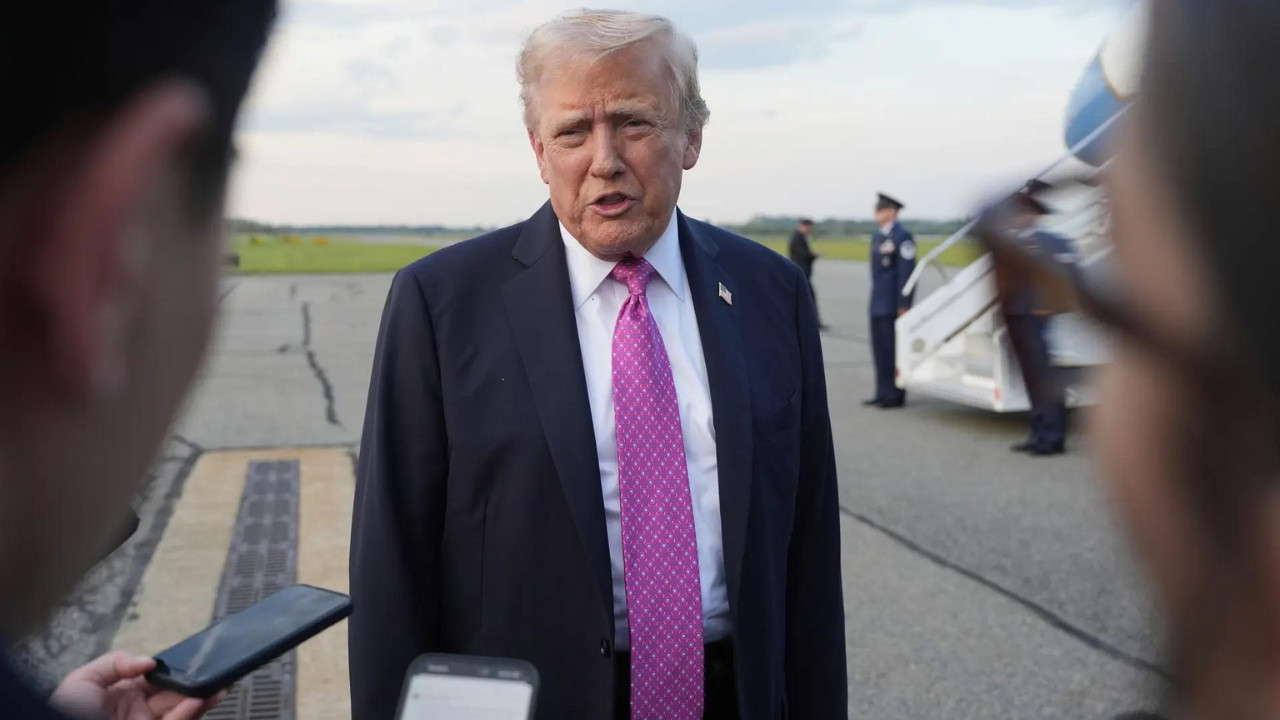Treasury Secretary Scott Bessent announced the U.S. has collected $100 billion in tariffs this year, potentially tripling by December. President Trump declared tariffs will be enforced starting August 1, 2025, with no extensions, impacting numerous countries with duties ranging from 25% to 40%.
The Tariff Tap: Are We Filling the Treasury or Draining Wallets?
The U.S. Treasury coffers are looking a little heavier these days, thanks in no small part to tariffs. Treasury Secretary Janet Yellen recently announced that the U.S. has already collected a cool $100 billion in tariffs this year alone. That’s a hefty chunk of change, and if projections hold true, we’re looking at a potential $300 billion windfall by year’s end. But where is all this money coming from, and more importantly, who is ultimately paying the price?
The narrative often paints tariffs as a penalty levied directly on foreign nations, a way to make them “pay” for unfair trade practices. The reality, however, is far more nuanced. While the initial impact falls on importers bringing goods into the U.S., the costs rarely stop there. Think of it like a game of economic hot potato – eventually, that cost lands somewhere, and it’s often with the American consumer.
Unpacking the Numbers: What are US Tariffs Actually Buying?
Before we dive into the potential consequences, let’s clarify what a tariff actually is. It’s essentially a tax on imported goods. The idea is that by making foreign products more expensive, domestic producers gain a competitive edge. In theory, this fosters local industry, creates jobs, and boosts the overall economy. But as with any economic lever, the devil is in the details.
That $100 billion figure sounds impressive, and it is a significant sum. The question is whether the benefits outweigh the potential drawbacks. Are we genuinely bolstering American industries, or are we simply shuffling money around, creating unintended consequences in the process? Are these US tariffs truly serving their intended purpose?
The Downstream Effect: Who Really Pays the Price?
Economists often point out that tariffs are, in many ways, a tax on consumption. Businesses importing goods subject to tariffs have a few options. They can absorb the cost themselves, which eats into their profits. They can find alternative, often less desirable, suppliers. Or, most commonly, they can pass the cost along to consumers in the form of higher prices.
Think about everyday items. From clothing and electronics to toys and even some food products, many goods we rely on are imported. A tariff on these goods translates directly into higher prices at the checkout. This can disproportionately affect lower-income households, who spend a larger percentage of their income on essential goods.

Furthermore, tariffs can disrupt supply chains, leading to shortages and further price increases. Businesses relying on imported components to manufacture goods domestically may find their costs skyrocketing, impacting their ability to compete both at home and abroad. It’s a complex web of interconnected effects.
Beyond the Bottom Line: The Geopolitical Game
Tariffs are not simply about economics; they are also a potent tool in international relations. They can be used as leverage in trade negotiations, a way to pressure other countries to change their policies. However, they can also escalate tensions, leading to retaliatory tariffs and trade wars that ultimately hurt everyone involved.
Finding the right balance is key. While tariffs can be a valuable tool, overuse or misapplication can have unintended and damaging consequences. A long-term strategy, rather than short-sighted measures, is crucial for navigating the complexities of global trade. This internal link to our resource on [Global Trade Agreements and Their Impact](internal-link-placeholder.com) offers deeper insight.
Navigating the Tariff Terrain: A Path Forward
The $100 billion tariff haul is a headline-grabbing number. But to truly understand its impact, we need to look beyond the initial figure and examine the ripple effects throughout the economy. Are we achieving the desired outcomes of bolstering domestic industries and creating jobs? Or are we simply shifting the burden onto consumers, disrupting supply chains, and escalating international tensions?
The debate surrounding tariffs is likely to continue, with valid arguments on both sides. Ultimately, the key lies in careful consideration, strategic implementation, and a willingness to adapt as the global economic landscape evolves. It’s about finding a path that benefits not just the U.S. Treasury, but the American people as a whole. The efficacy of these US tariffs depends on that holistic, long-term perspective.







